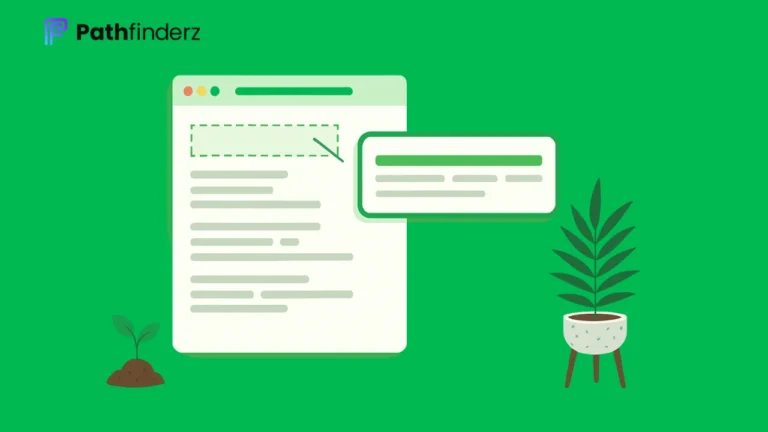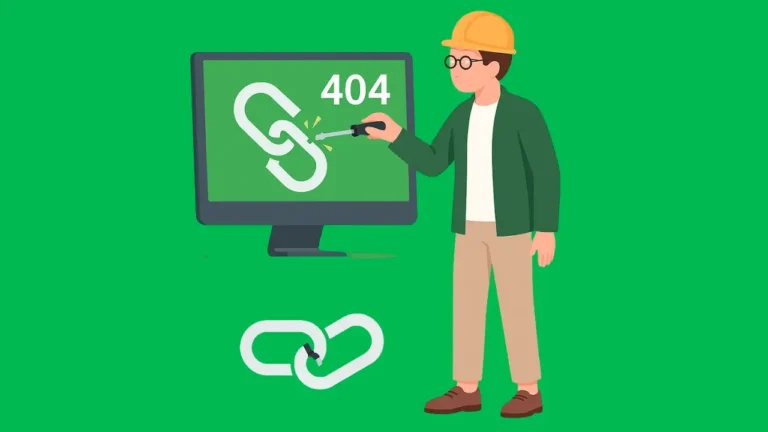Link Exchange in SEO 2025: Smart Strategy or Risky Gamble?
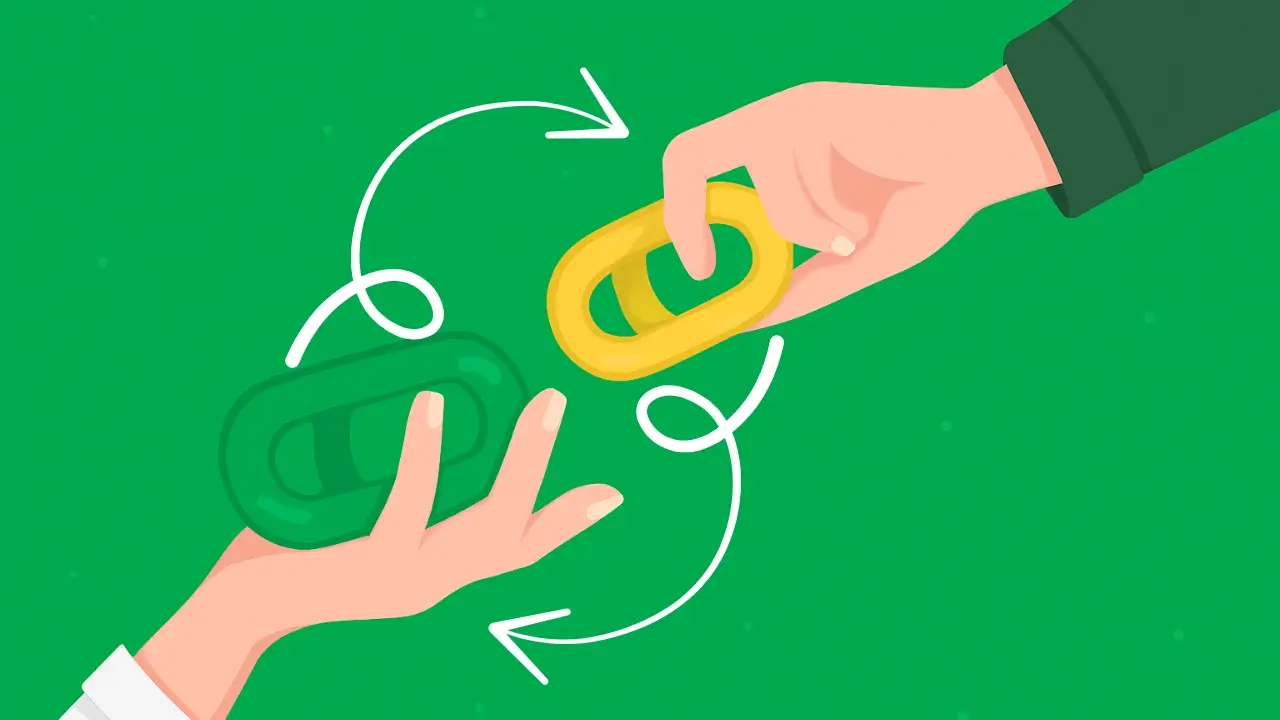
Link exchanges. Reciprocal linking. Backlink swapping.
Whatever you call it, this is one of the most debated SEO strategies out there.
In the world of SEO, backlinks remain one of the strongest ranking signals. But earning high-quality links isn’t easy, which is why many site owners turn to link exchange—also known as reciprocal linking.
The concept sounds simple: you link to me, and I’ll link back to you. On the surface, it feels like a win-win. Both sites get a backlink, both boost authority, and both hope for better search visibility.
Here’s the catch: Google warns against “excessive” link exchanges, classifying them as potential link schemes. Yet, studies show that 74% of websites already have reciprocal links in their backlink profiles. Clearly, it’s a gray area—widespread in practice, but risky if abused.
So, is link exchange a smart shortcut in 2025, or a dangerous gamble that could hurt your rankings? Let’s break it down.
What Is Link Exchange?
At its core, a link exchange (or reciprocal backlink) is when two or more websites agree to place each other’s links. The goal is to improve domain authority, increase traffic, and strengthen search rankings.
But not all exchanges are the same. Let’s look at the main types:
Direct Swap (A ↔ B)
The simplest form: Website A links to Website B, and Website B links back. While easy to arrange, this type leaves the biggest footprint—Google can quickly identify obvious tit-for-tat patterns.
3-Way / ABC Exchange (A → B → C → A)
Here, three websites form a loop: A links to B, B links to C, and C links back to A. This structure reduces the risk of detection because the exchange isn’t one-to-one. However, it still needs careful partner vetting to stay safe.
Guest Post Swap
Instead of trading simple links, each partner writes a full article for the other’s site. Inside that guest post, they insert their backlink. This method feels more natural to Google since it comes with fresh content.
Private Influencer Networks (PINs)
In a PIN, multiple websites (usually 4+) agree to support each other’s content with backlinks. These networks can build authority fast, but they carry high risk. If discovered by Google, the entire network may face penalties.
Types of Link Exchanges: Pros, Cons, and Risks Compared
Each type of link exchange comes with its own advantages and potential risks. The table below breaks down how they work, when to use them, and what red flags to watch out for.
| Type | How It Works | Risk Level | When to Use | Red Flags |
|---|---|---|---|---|
| Direct Swap (A ↔ B) | Site A links to Site B, and B links back | 🔴 High | Only with highly trusted partners, sparingly | Too many reciprocal links, irrelevant sites |
| 3-Way / ABC (A → B → C → A) | Three sites form a loop to avoid direct reciprocity | 🟡 Medium | Safer than direct swaps; works if all sites are niche-relevant | Obvious linking triangles, poor-quality partners |
| Guest Post Swap | Each site writes an article for the other, placing backlinks naturally | 🟢 Low-Medium | Strong option for bloggers, SaaS, agencies | Thin content, keyword-stuffed anchors |
| Private Influencer Networks (PINs) | Multiple sites link to each other in a circle/network | 🔴 Very High | Rarely worth it unless managed very carefully | Network looks artificial, shared outbound patterns |
While each type of exchange has its place, Google’s guidelines make it clear that the line between ‘acceptable’ and ‘risky’ depends on how these tactics are applied. Let’s look at what Google officially says about link exchanges.
Google’s Stance on Link Exchanges
Google has always been clear about one thing: link schemes are against its guidelines. And link exchanges, if abused, fall right into that category.
In its official Search Essentials (formerly Webmaster Guidelines), Google specifically calls out:
“Excessive link exchanges (‘Link to me and I’ll link to you’) or partner pages created exclusively for cross-linking”
The keyword here is “excessive.” Google doesn’t say all exchanges are bad—it warns against link swapping when it becomes systematic or manipulative.
John Mueller’s Clarifications
Google’s Search Advocate, John Mueller, has addressed reciprocal links many times. His stance is:
- Occasional, natural exchanges (e.g., two event partners linking to each other) are fine.
- If reciprocal links dominate your backlink profile, Google may ignore them or, in extreme cases, apply a manual penalty.
Matt Cutts’ Historical Warnings
Years ago, Google’s then head of webspam, Matt Cutts, highlighted that reciprocal linking was being abused as a ranking shortcut. That’s when Google began cracking down on large-scale link swaps and obvious link networks.
The Gray Area
This creates a gray zone:
- Safe: Linking to partners, friends, or relevant resources where it makes sense for readers.
- Risky: Running “I’ll link you, you link me” campaigns at scale, especially if the sites are irrelevant or low-quality.

👉 Bottom line: Google doesn’t hate link exchanges—only manipulative ones. Moderation and relevance are the keys to staying safe.
Want High Authority Backlinks?
How Common Are Link Exchanges?
If you think link exchanges are a shady, back-alley tactic, think again. They’re actually incredibly common, even among well-known websites.
Ahrefs Study
SEO platform Ahrefs analyzed over 140,000 websites with at least 10,000 monthly organic visits. Here’s what they found:
- 74% of sites had reciprocal links in their backlink profile.
- 27% had at least a 15% overlap between the sites they linked to and the sites linking back to them.
- Even Ahrefs itself showed that 19% of the domains it links to also link back.
This means the majority of websites—big and small—are already involved in some form of link exchange.
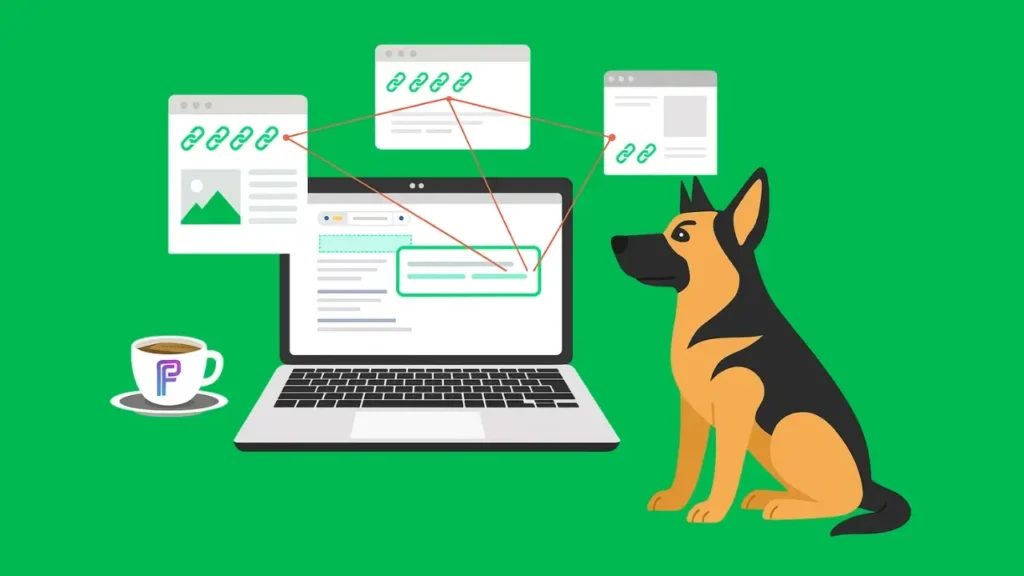
Industry Examples
- Glenn Allsopp (ViperChill) uncovered Private Influencer Networks (PINs) used by major media outlets like Cosmopolitan and Marie Claire, where sites quietly boosted each other’s rankings through coordinated backlinks.
- In the SaaS and affiliate industries, it’s not unusual to see competitors indirectly linking to each other through guest posts or partner content swaps.
Why This Matters
The data and examples reveal one clear truth: link exchanges are part of the web’s natural fabric.
- Google knows they exist.
- Most businesses—whether small blogs or enterprise brands—participate to some degree.
- The real question isn’t whether to exchange links, but how to do it safely.
Benefits of Link Exchanges (When Done Right)
For all the risks, link exchanges can deliver real upside when they’re moderate, relevant, and strategic.
SEO Visibility & Rankings
Backlinks are still a top ranking factor. A smart exchange with an authoritative, niche-relevant site can:
- Pass valuable link equity (PageRank)
- Strengthen keyword relevance for your target pages
- Improve your chances of ranking against tougher competitors
Referral Traffic
Not all value comes from rankings. When you get placed on a partner’s blog or resource page, you can pick up direct referral traffic—real visitors who are already interested in your topic.
Relationship Building
Link exchanges often start conversations. Many SEO agencies, SaaS founders, and niche bloggers use them as an icebreaker to build longer-term collaborations (guest posts, webinars, co-marketing campaigns).
Cost Savings
Buying quality backlinks can cost $300–$500+ each. With a link exchange, you reduce cash outlay—swapping value instead of paying outright. Done carefully, this can keep acquisition costs lower while still growing authority.
👉 So while risky if abused, link exchanges aren’t useless—they can be powerful if kept relevant, limited, and backed by a bigger content strategy.
Risks & Downsides of Link Exchanges
Link exchanges sound tempting—but they come with real risks if handled poorly.
Google Penalties & Manual Actions
- Google classifies excessive link exchanges as a link scheme.
- If your backlink profile looks manipulated, Google can either:
- Ignore those links (they provide no SEO value), or
- Apply a manual penalty that tanks your rankings.
Boosting Competitors Instead of Yourself
Exchanging links with competitors can be a double-edged sword:
- You give them link equity while they gain more from your authority.
- In competitive niches (e.g., SaaS or finance), this can actually strengthen the people you’re trying to outrank.
Low-Quality Associations
If you exchange links with spammy, irrelevant, or thin-content sites, you risk:
- Diluting your backlink profile.
- Being seen by Google as part of a link farm or shady network.
Link Loss & Broken Promises
Not every partner plays fair. Some will:
- Remove your link later.
- Place your link in low-visibility areas (footer/sidebar).
- Swap you into a spammy page full of outbound links.
Reputation Risk
Industry peers, clients, or investors might view link exchanges as shortcuts that don’t align with a long-term, white-hat strategy. Too much of it can damage your brand reputation.
👉 In short: link exchanges can help, but done carelessly, they’re more likely to hurt than help.
Safety Framework: The A.R.T. Model
Not all link exchanges are created equal. To minimize risks, you need a vetting framework. One simple and memorable method is the A.R.T. model:
A = Authoritative
- Check the site’s Domain Rating (DR), Domain Authority (DA), or Trust Flow (TF).
- Look for DR 40+ and at least 5,000 organic visits/month (use Ahrefs, Semrush, or Similarweb).
- Avoid sites inflated by paid links or private blog networks (PBNs).
R = Relevant
- The site should publish content in your niche or a closely related industry.
- Example: A SaaS CRM blog linking to a marketing automation platform = ✅.
- Example: A pet care site linking to a crypto exchange = ❌.
T = Trustworthy
- Look for signs of a genuine business or community:
- About page, real team photos, active socials.
- Balanced outbound links (not hundreds per page).
- Consistent content publishing history.
- Older domains (2+ years) are generally more trusted.
Quick Safety Checklist
- Outbound links ratio < 2 per page
- Site age ≥ 2 years
- Relevant niche content
- DR/DA ≥ 40 with organic traffic
- Trust signals (brand presence, no spammy footprints)
- Reciprocal links ≤ 10% of your backlink profile
Where to Find Link Exchange Opportunities
If you decide to explore link exchanges, the next challenge is finding trustworthy partners. Here are the most common (and safest) places to look:
Social Media Communities

- Facebook Groups → SEO, blogging, and marketing communities often have “link exchange threads.”
- Slack Channels → Niche communities where marketers coordinate guest posts and occasional swaps.
- LinkedIn → Connections in your industry may be open to collaborative exchanges.
- Discord & Skype Groups → Popular among digital marketers for fast networking.
Curated Platforms
- Ranking Raccoon → A vetted marketplace specifically built for link exchanges, including ABC (3-way) swaps.
- Other private Slack/Discord servers run by SEO agencies or SaaS founders.
Direct Outreach
Sometimes the best way is the simplest:
- Identify a relevant site with solid authority.
- Reach out to the content manager, SEO specialist, or founder.
- Propose a clear “They get, we get” deal (Example: “We’ll link to your new SaaS tool in our resource guide, and you link back to our tutorial on [topic]”).
Guest Post Swaps
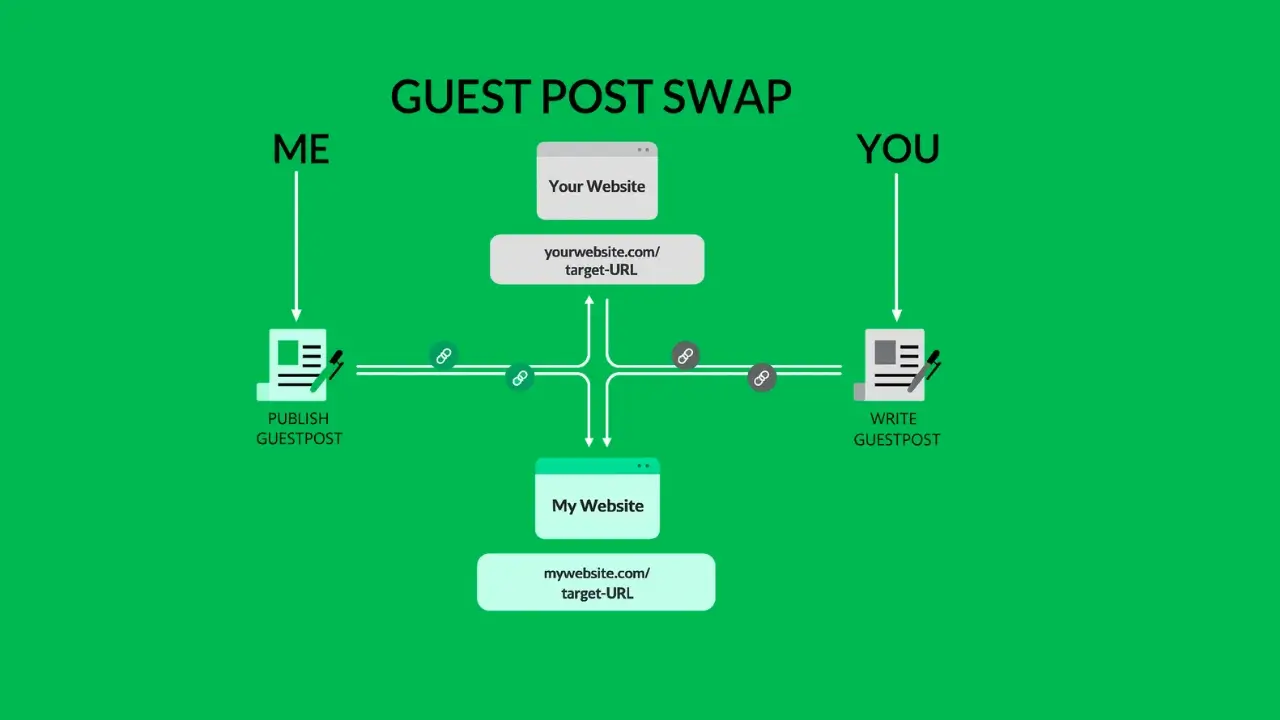
- Two sites agree to publish each other’s content with natural backlinks included.
- Safer than direct swaps because links are embedded in fresh, relevant articles.
Pro Tip: Stay away from “open-for-all” spammy groups where hundreds of marketers drop Google Sheets with link lists. These often get flagged quickly and carry high risk.
Alternatives to Link Exchanges
Link exchanges can be useful in moderation, but they should never be your primary link-building strategy. Here are safer, more sustainable alternatives:
Guest Posting
- Write high-quality, niche-relevant articles for other sites.
- Earn natural backlinks in author bios or within the content.
- Builds authority and relationships without the risks of reciprocity.
Digital PR
- Pitch stories, data studies, or thought-leadership insights to journalists.
- Secure mentions and backlinks from top-tier publications.
- Higher credibility + long-term brand building.
Content Marketing (Linkable Assets)
- Create “link magnets” like guides, case studies, free tools, or calculators.
- Outreach becomes easier when you’re offering real value.
- Examples: “SEO Statistics Report,” “ROI Calculator,” “Free Templates.”
Broken Link Building
- Find broken outbound links on relevant websites.
- Suggest your content as a replacement resource.
- Win-win: you get a backlink, and they fix a bad user experience.
Brand Mentions & Unlinked Mentions
- Track when other sites mention your brand without linking.
- Politely ask them to add a backlink.
- Often a quick win since they already know your brand.
Why This Matters:
Diversifying your backlink strategy makes your link profile look natural and helps protect you from Google’s algorithm updates.
Cost Context for 2025
Backlinks are a currency in SEO. Even if you’re not paying directly for a link exchange, it’s useful to know the market value of links today.
Paid Link Benchmarks
- Low-quality blogs: $50–$150 per placement.
- Mid-tier sites (DR 40–60, some traffic): $200–$400.
- High-authority sites (DR 70+, real traffic): $500–$1,000+.
- Top-tier media outlets: $2,000+ for a single backlink (often through PR).
Agency Retainers
- Link-building agencies like pathfinderz often charge $3,000–$5,000/month for around 8–12 high-quality links.
- That’s roughly $300–$600 per link depending on niche difficulty.
Why Exchanges Appeal
- Exchanging links avoids writing checks.
- Example: If a DR 60 site usually charges $350 for a guest post link, but you can swap with them instead, you’ve saved real cash.
- That said, remember: Google values natural growth, not barter-driven spikes.
Opportunity Cost
- A sloppy exchange with a weak site may save $300 today…
- But if Google devalues it, you wasted time and trust.
- Compare that with investing in content marketing or PR, which keeps compounding value over time.
Takeaway: Link exchanges look “free,” but in reality you’re trading risk vs. cost savings. Knowing current price ranges helps you decide when a swap makes sense.
FAQs About Link Exchanges
Case Study: Link Exchanges in Action
A mid-sized SaaS company in the project management niche wanted to boost organic visibility without spending $10,000+ on paid links.
The Approach
- Identified 20 potential partners (blogs and SaaS tools with DR 50–65, traffic >10k/month).
- Used a mix of direct swaps and ABC exchanges to reduce footprints.
- Tracked all exchanges in a shared Google Sheet (columns: Partner, Status, Live/Removed).
The Results (after 90 days)
- 18 live backlinks secured.
- Organic traffic growth: +42%.
- Average keyword ranking improvement: +7 positions across 50 tracked terms.
- Cost savings: ~ $6,300 (compared to paying $350/link).
Lessons Learned
- Relevance first: Only niche-related partners moved the SEO needle.
- Diversification: Guest posts + ABC exchanges worked best; plain reciprocal swaps had weaker impact.
- Trust matters: 2 partners removed links → they were the ones with weaker sites and low editorial standards.
Pro Tips to Outperform Competitors
Most guides stop at “do exchanges carefully.” Here’s how to go beyond:
Quantify a Safe Range
- Instead of vague advice, give readers a benchmark:
- ≤10% of total backlinks from exchanges.
- Visualize it with a quarterly KPI (e.g., “No more than 1 in 10 new links this quarter via swaps”).
Use a Scoring Rubric
- Apply the A.R.T. framework (Authoritative, Relevant, Trustworthy).
- Score each site 0–5 per category before agreeing.
- Example: A DR 60 site with great traffic but irrelevant niche might score 2/5 on Relevance = reject.
Footprint Minimization
- Rotate partners and avoid repeating obvious A↔B swaps.
- Mix in guest posts, broken link building, and PR mentions so your profile looks natural.
- Diagram ABC patterns to explain to team members how to keep swaps subtle.
Outreach Prompts
- Don’t just say “let’s exchange links.” Instead, propose value:
- “We’re linking to tools in [topic] this month. Happy to feature you if you can place us in your [related guide].”
Monitoring & Hygiene
- Audit exchanges monthly with Ahrefs, Semrush, or Google Search Console.
- Remove or disavow links from shady domains before they hurt your authority.
Positioning Matters
- Frame link exchanges as a side strategy to amplify strong content assets, not as your primary SEO engine.
- Example: Use swaps to boost a data study or free tool page that deserves attention.
Conclusion: Link Exchanges in 2025 — Friend or Foe?
Link exchanges aren’t dead. In fact, they remain a common practice across industries — even among big brands. But the line between smart strategy and risky gamble is thin.
Here’s the bottom line:
- Safe if done right → occasional, relevant swaps with trusted, authoritative partners.
- Risky if abused → excessive, irrelevant, or manipulative patterns that look like link schemes.
- Best approach → treat link exchanges as a supporting tactic, not the backbone of your SEO. Balance them with guest posting, digital PR, content marketing, and other white-hat strategies.
If you apply frameworks like A.R.T., stay under the 10% exchange threshold, and prioritize long-term trust signals, link exchanges can still deliver ranking boosts, referral traffic, and real partnerships.
But if you chase shortcuts, you’re not just risking rankings—you’re risking your brand.
👉 Final takeaway: In 2025, link exchanges are like spice in cooking—used lightly, they enhance the dish. Used too much, they ruin it.


